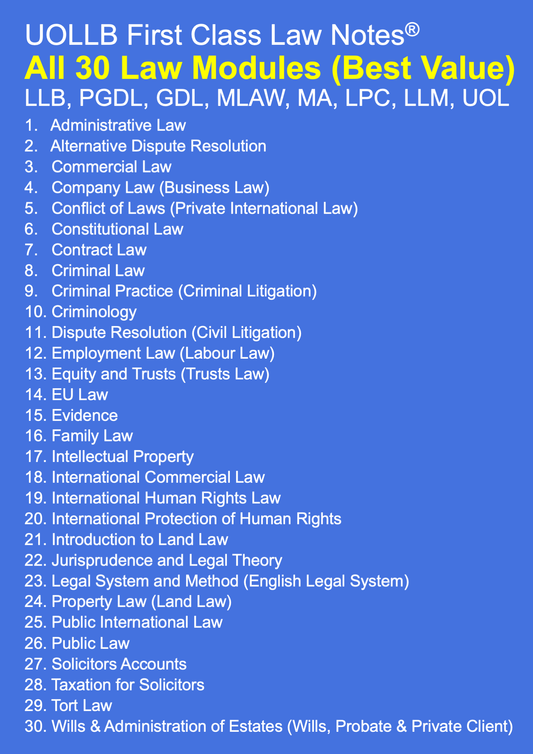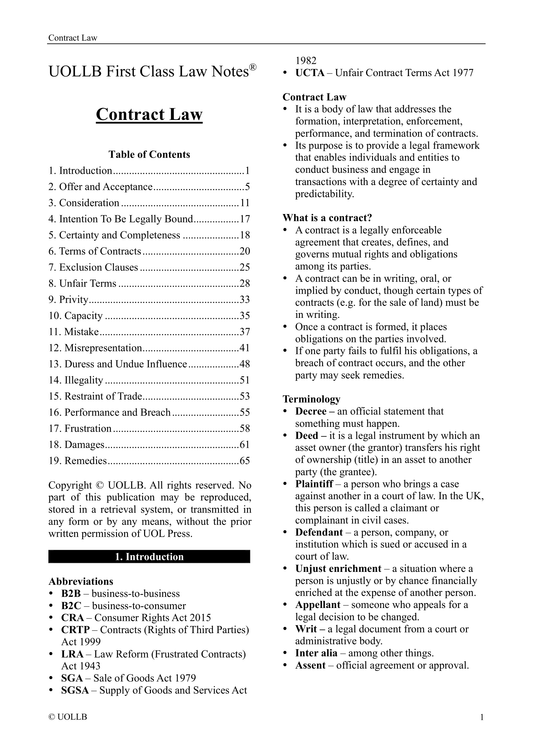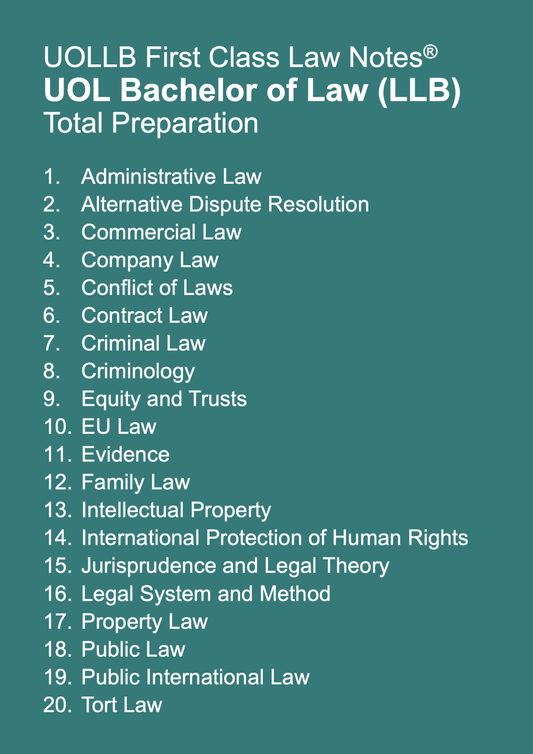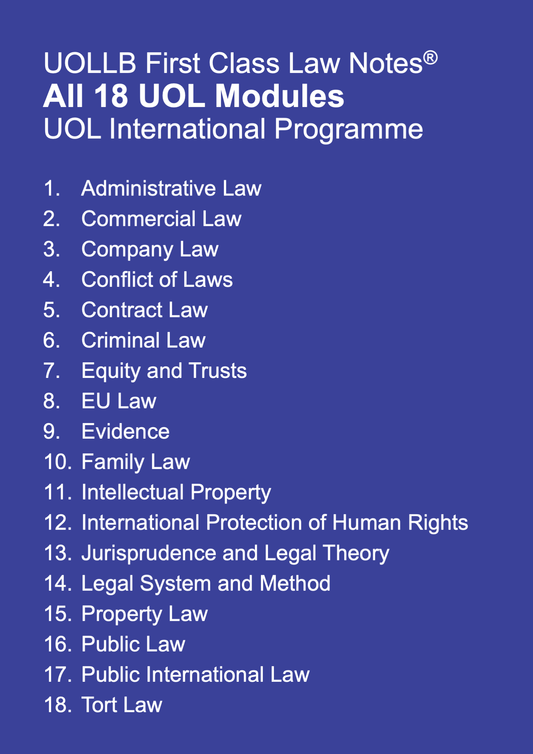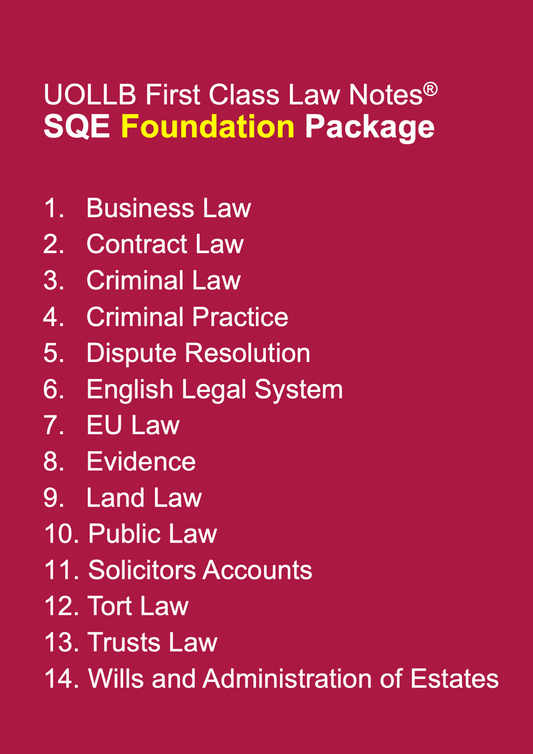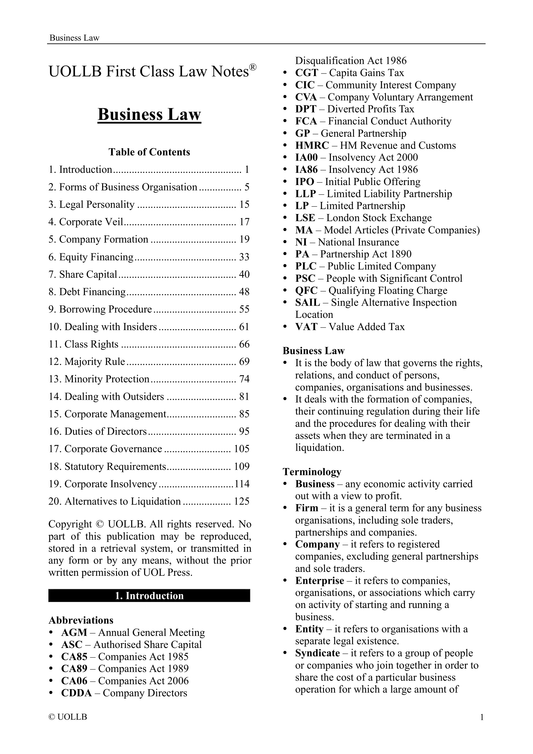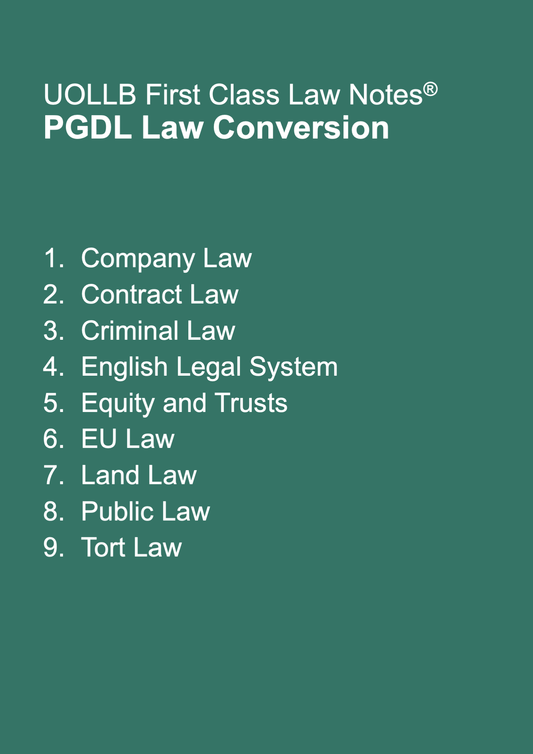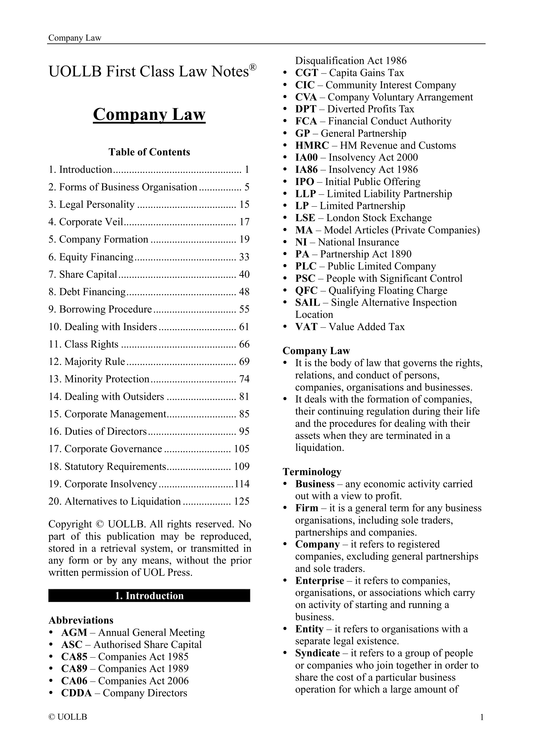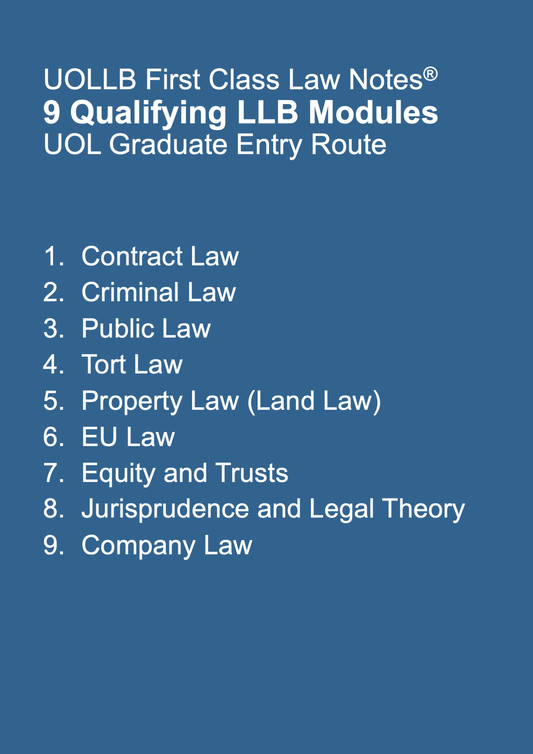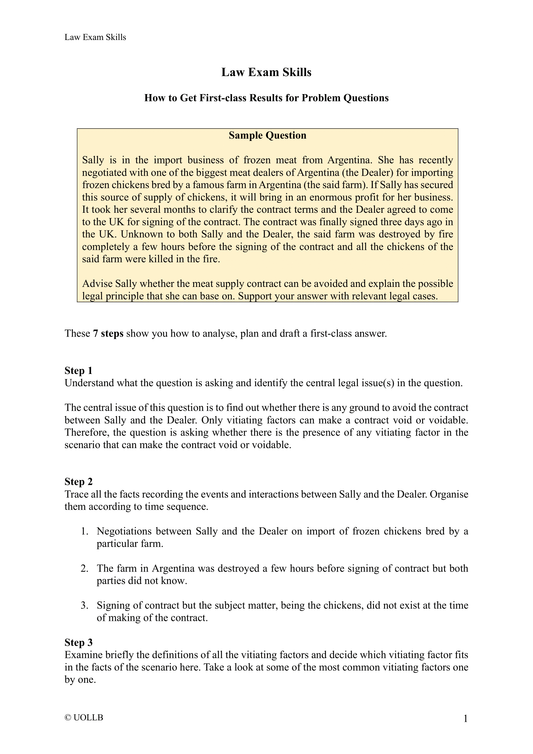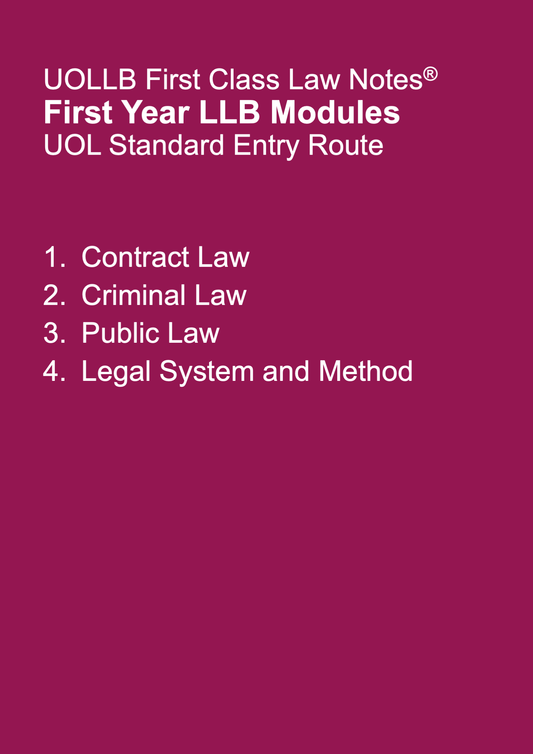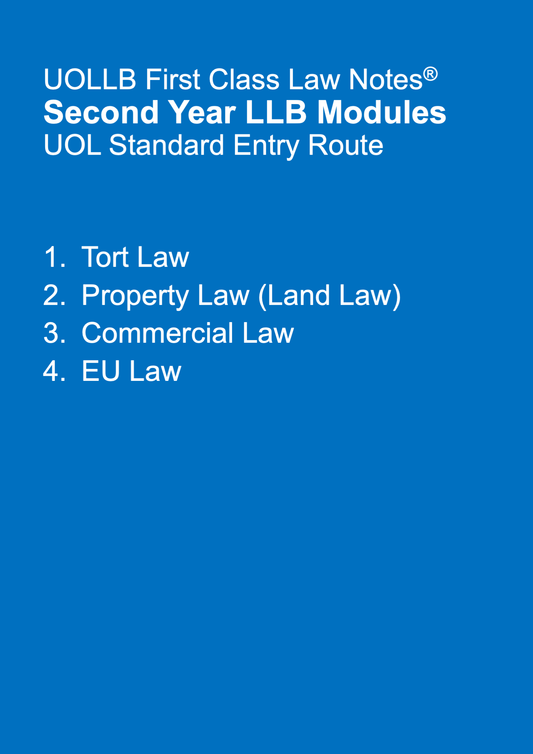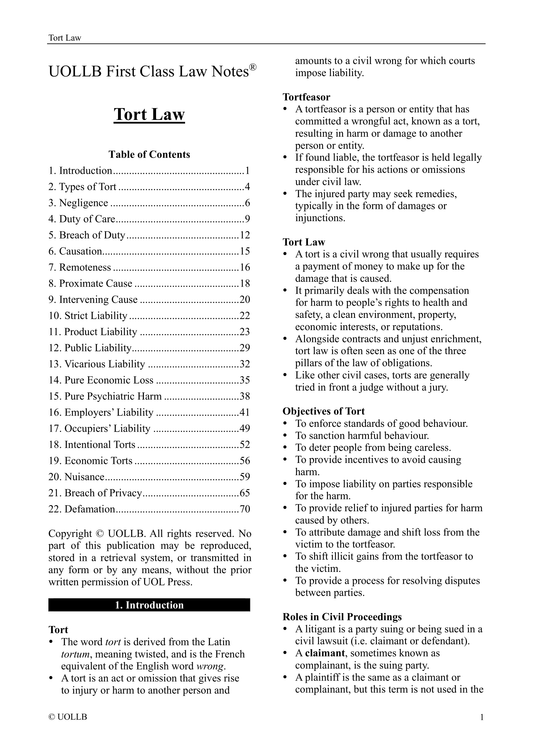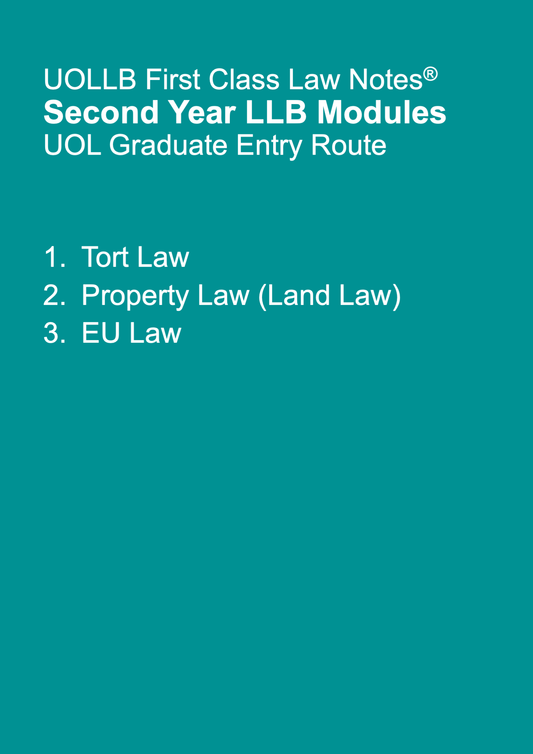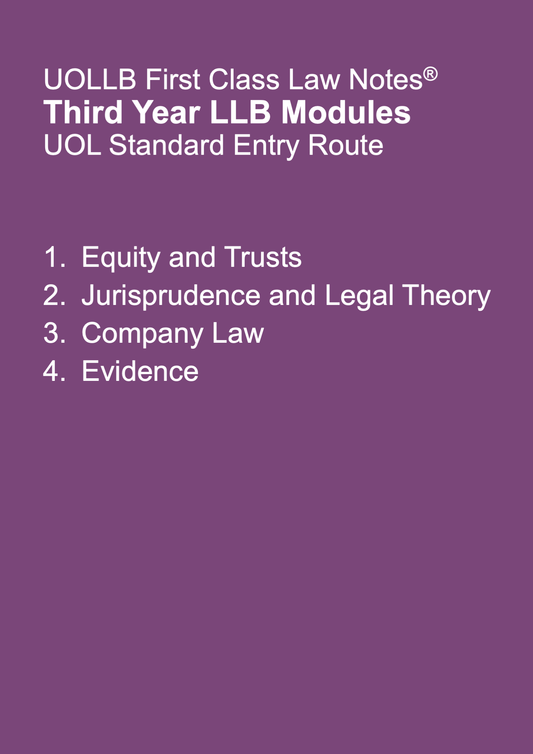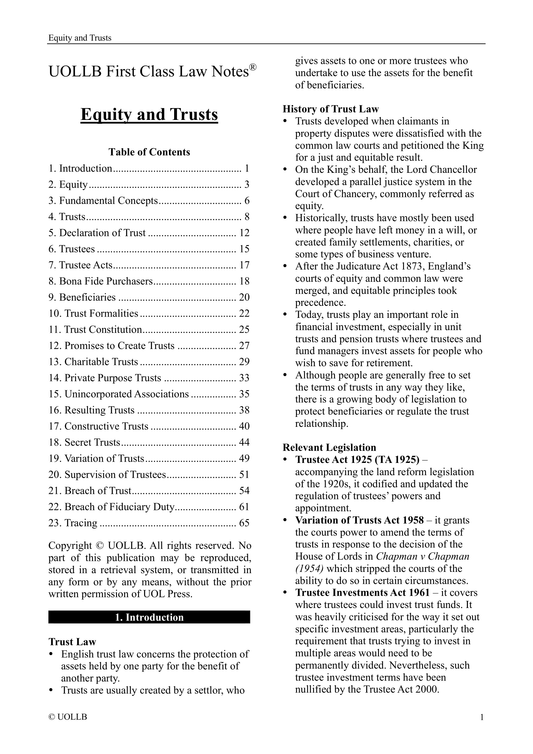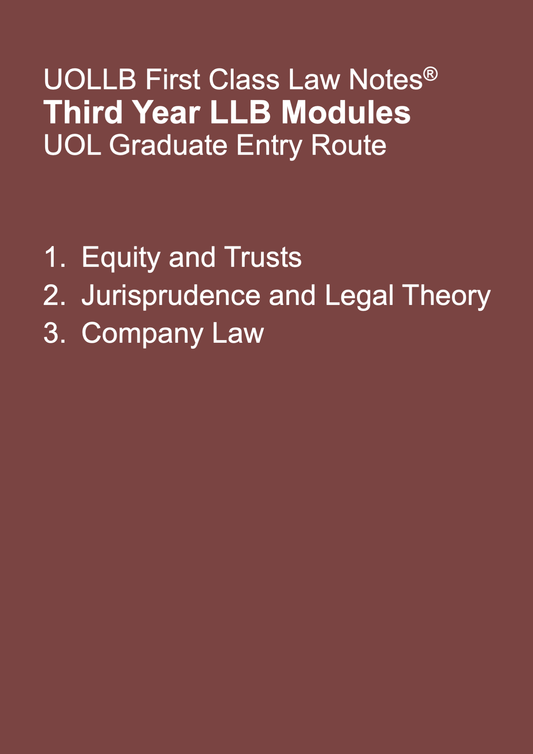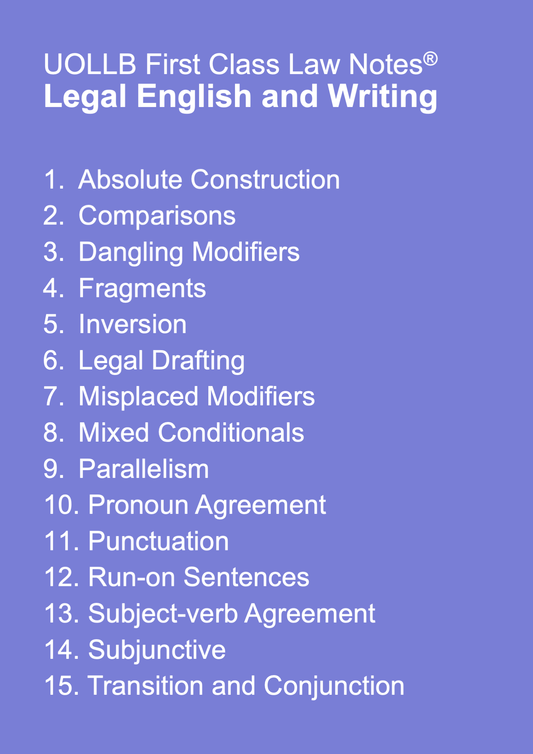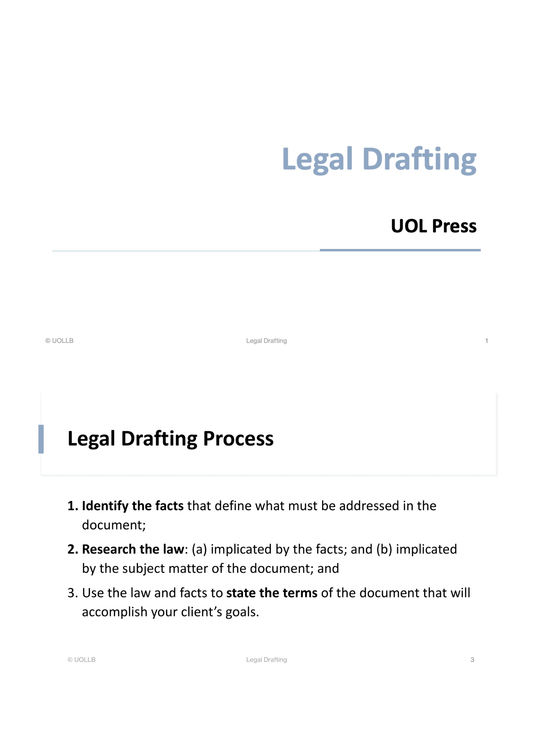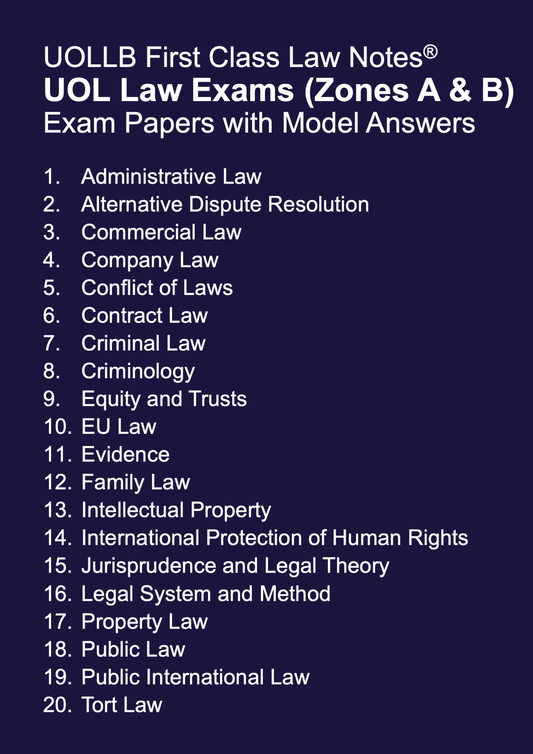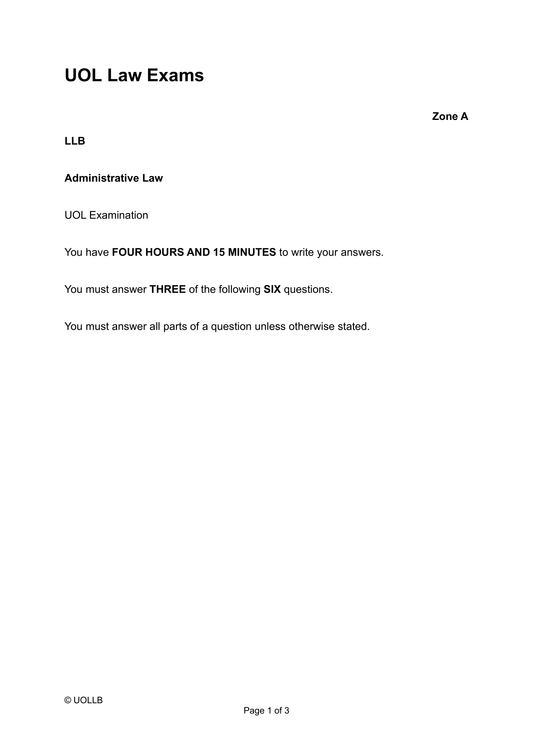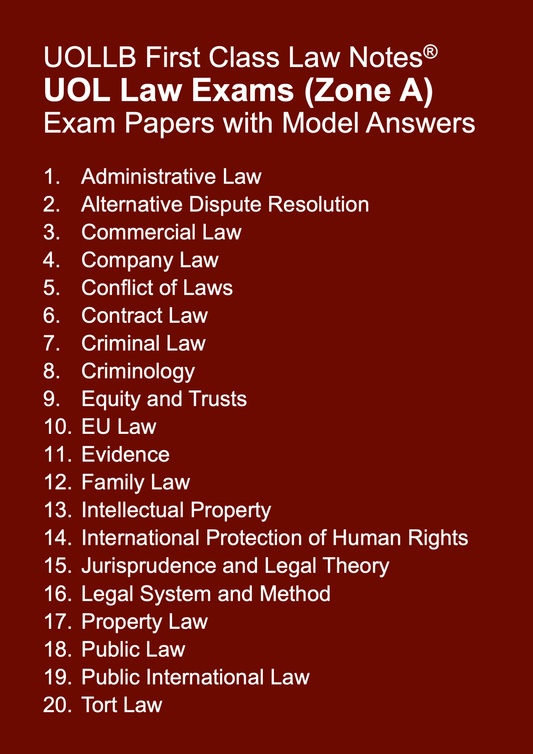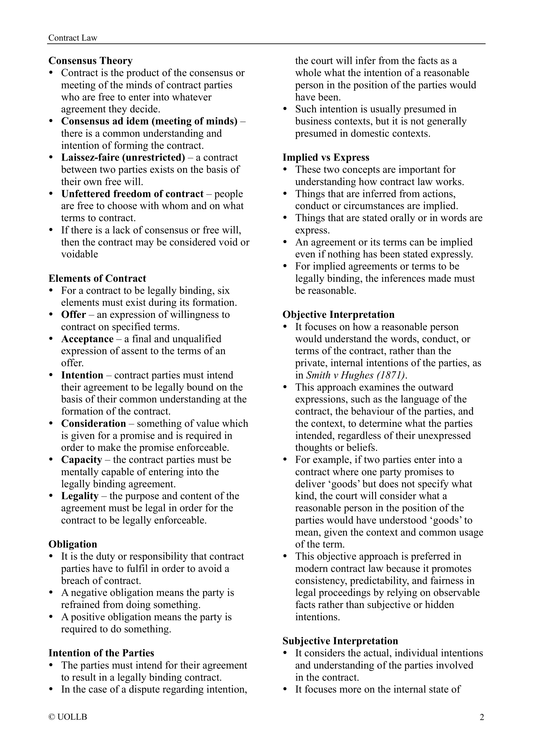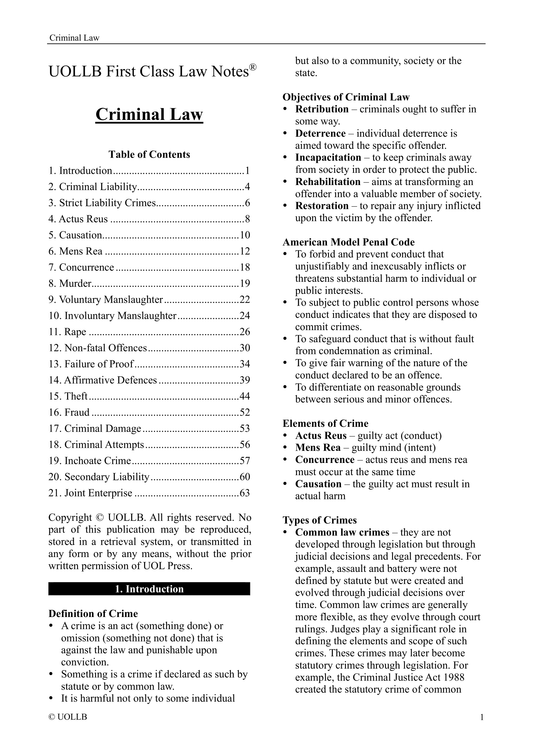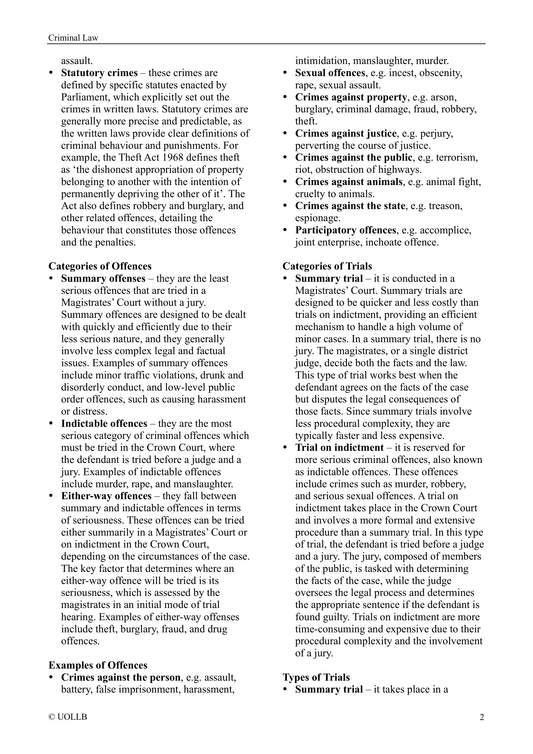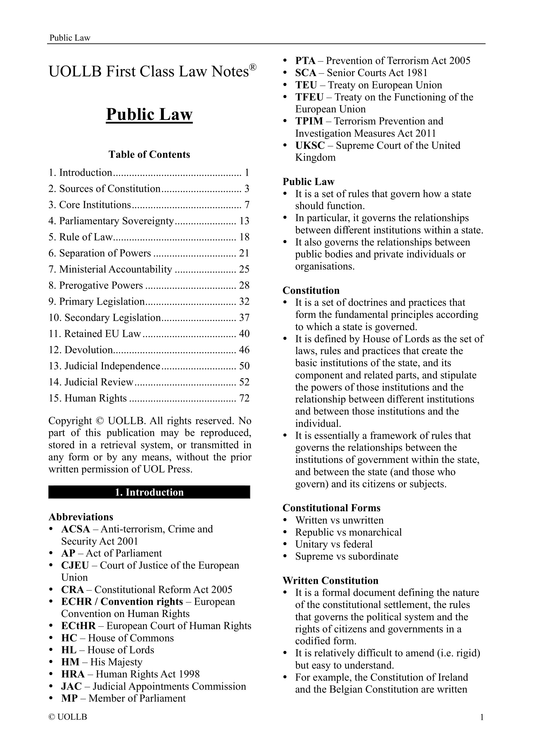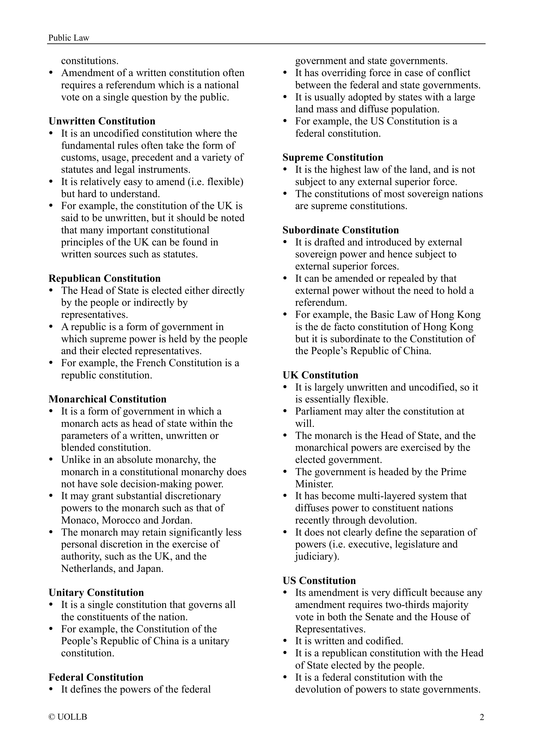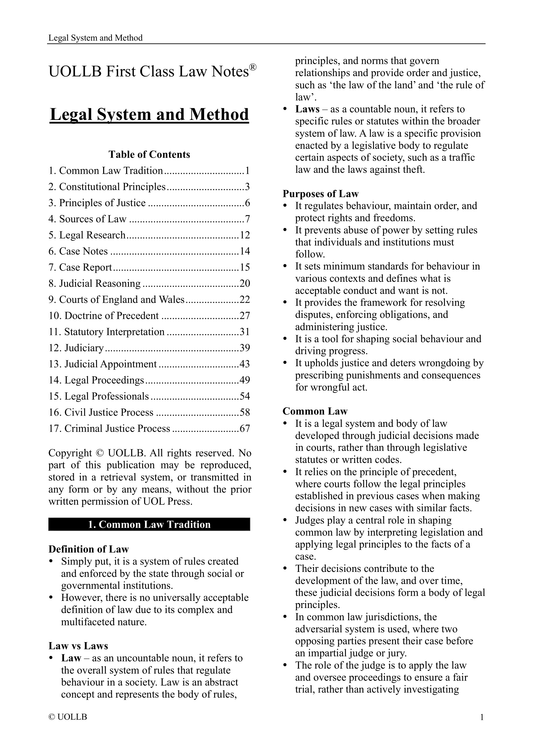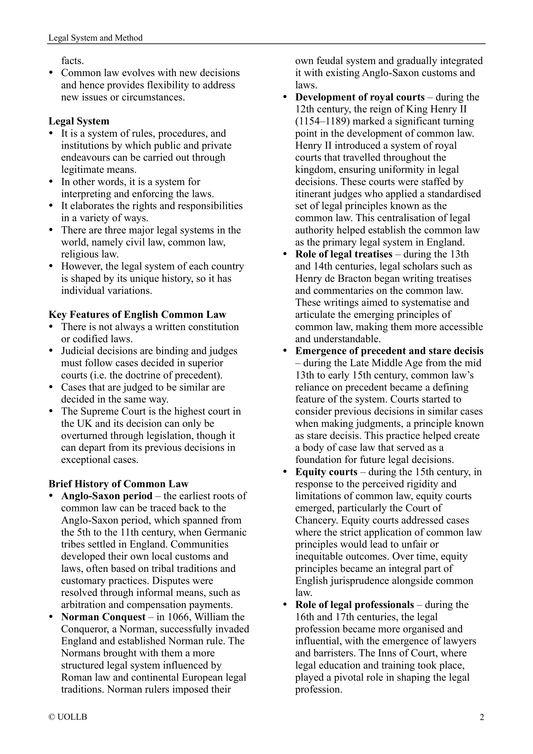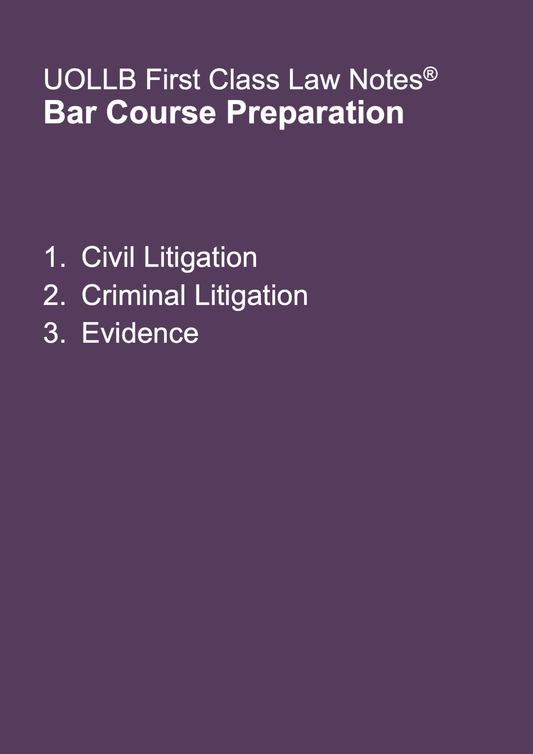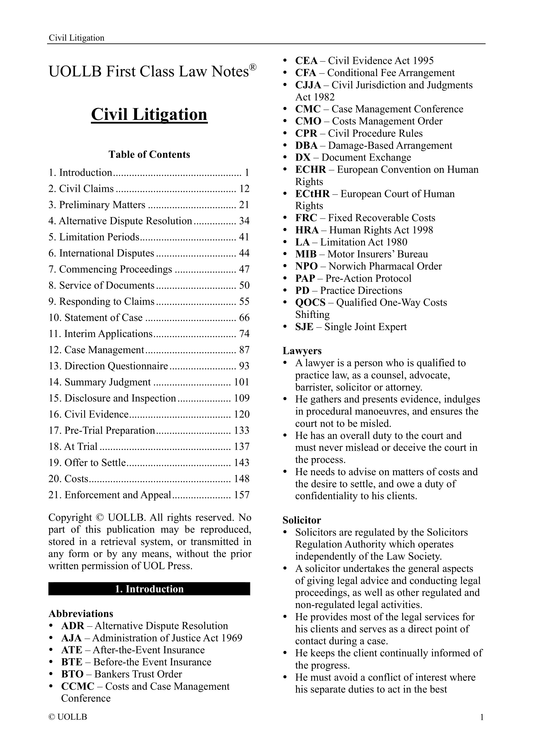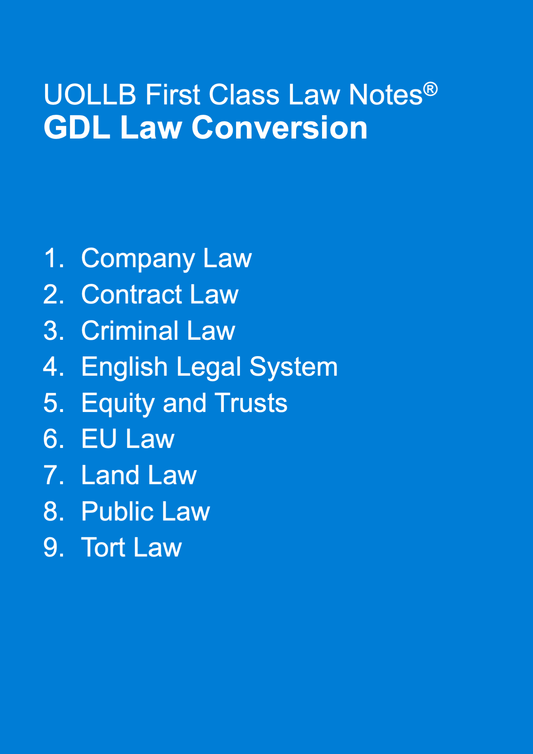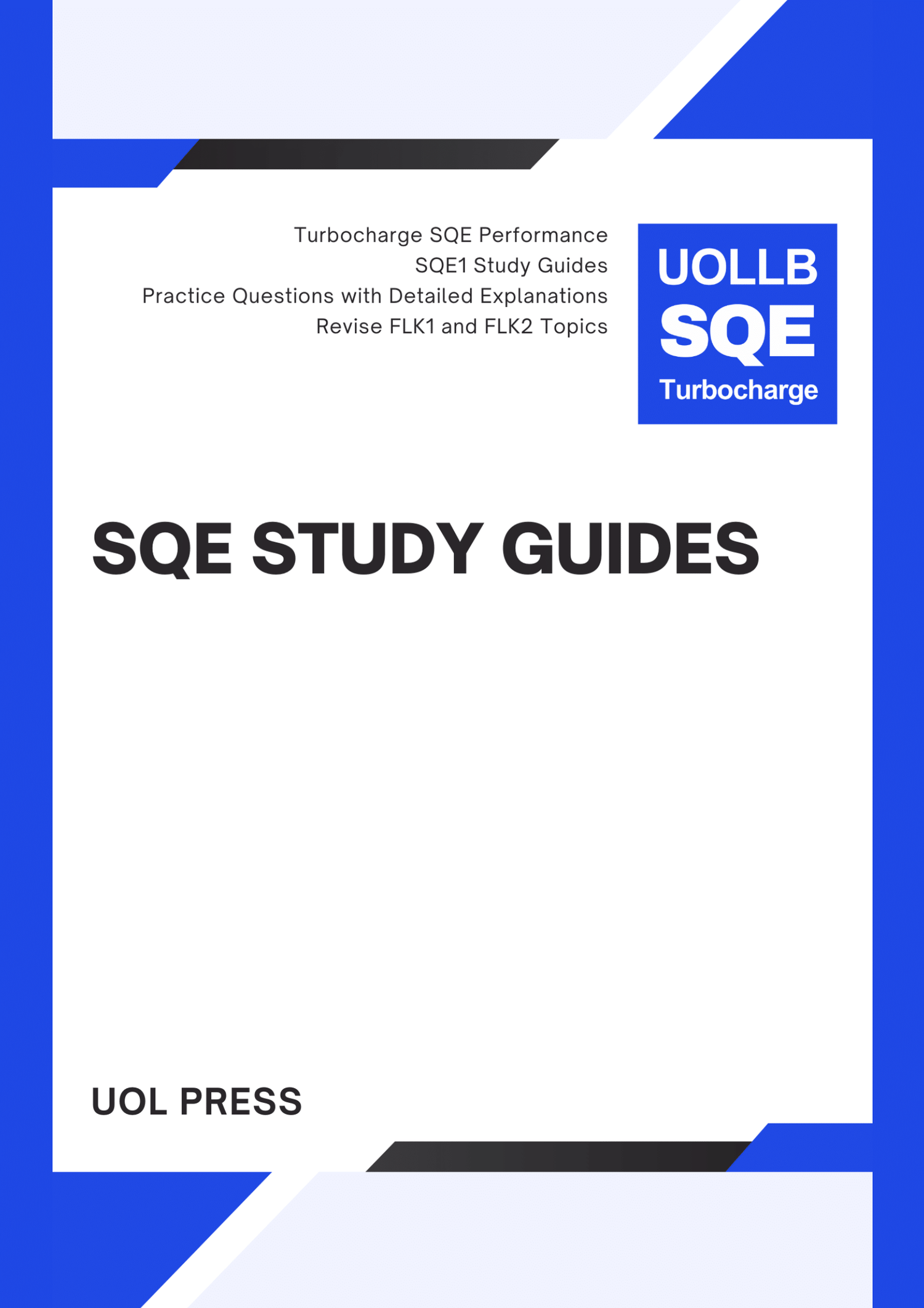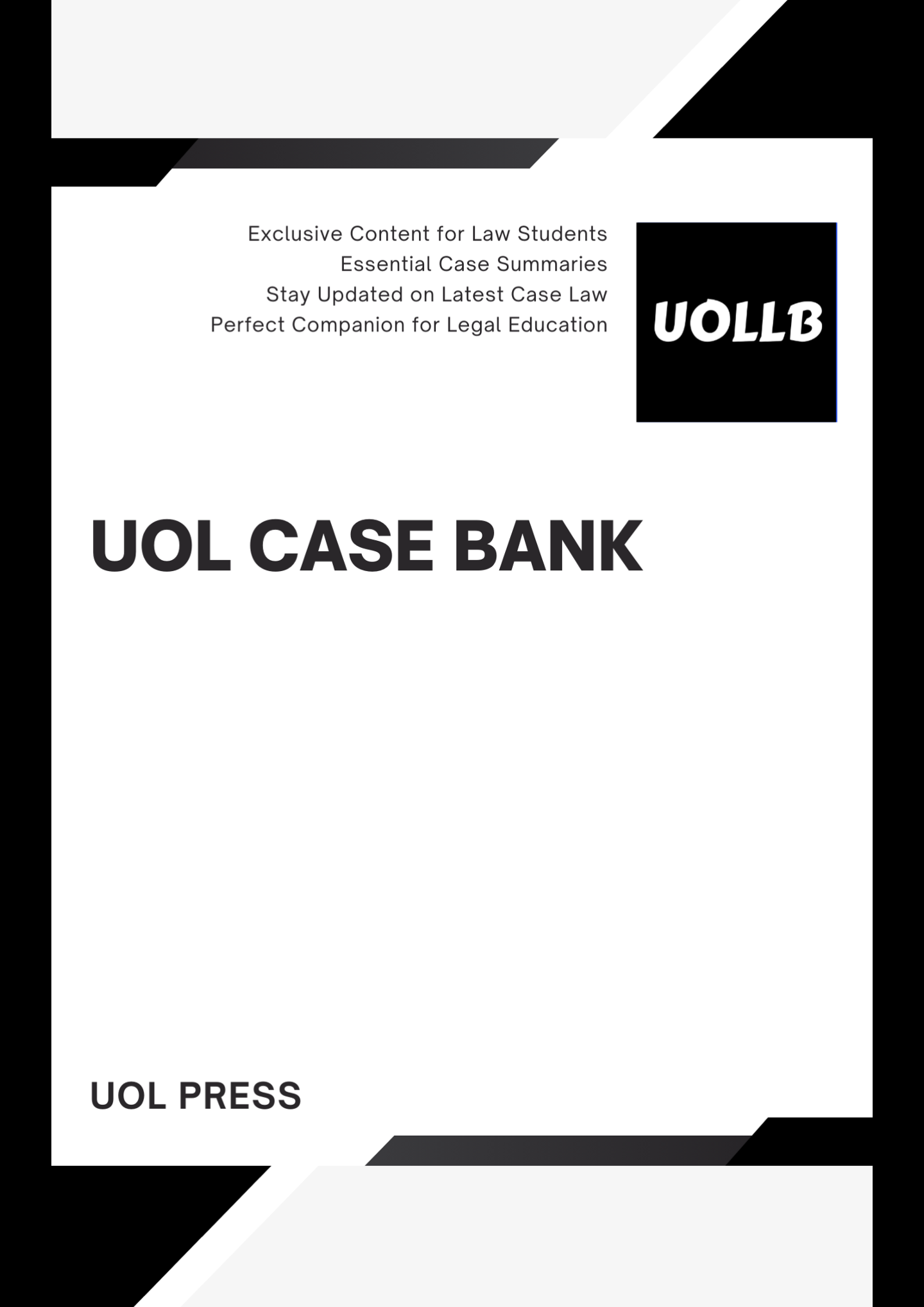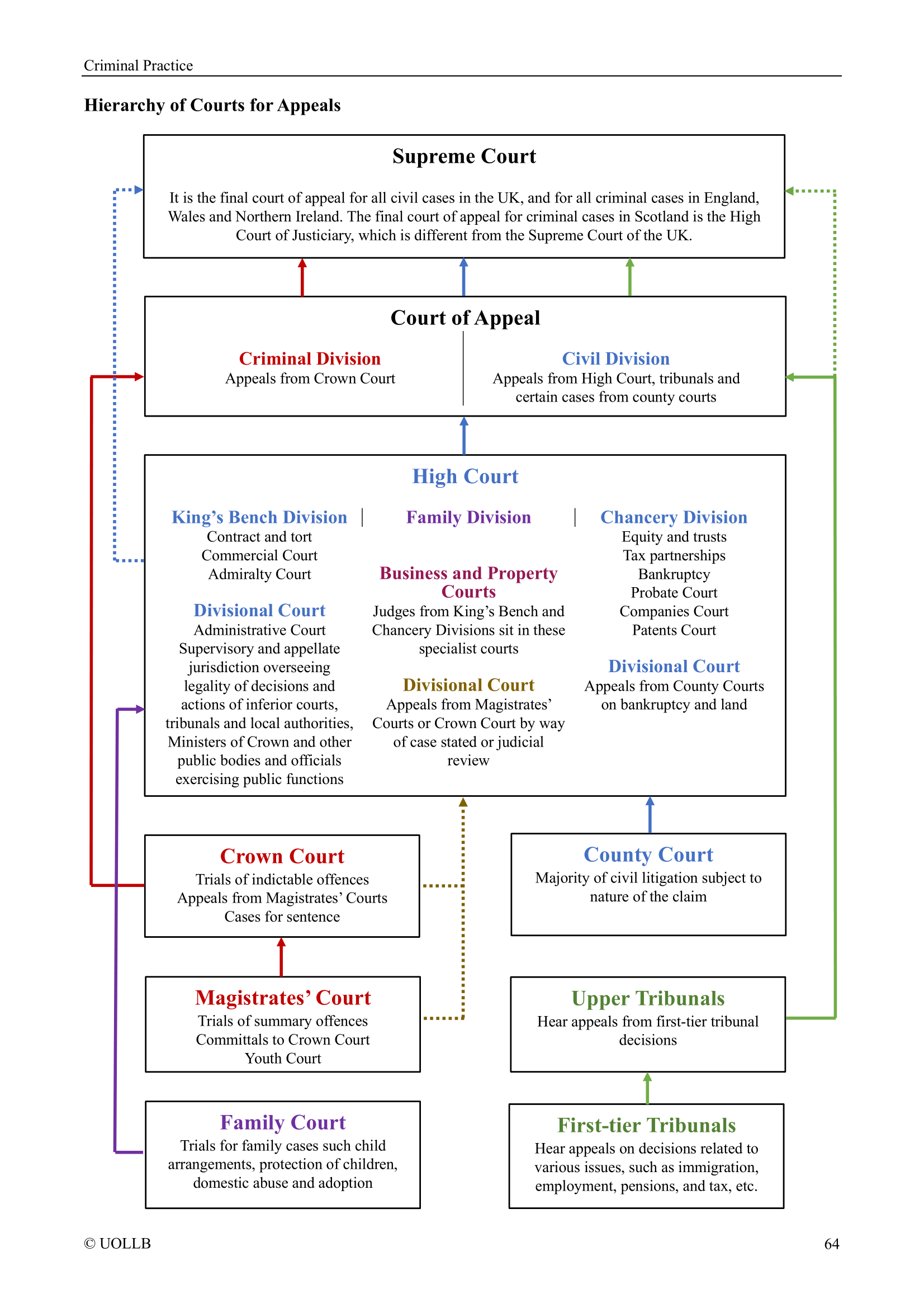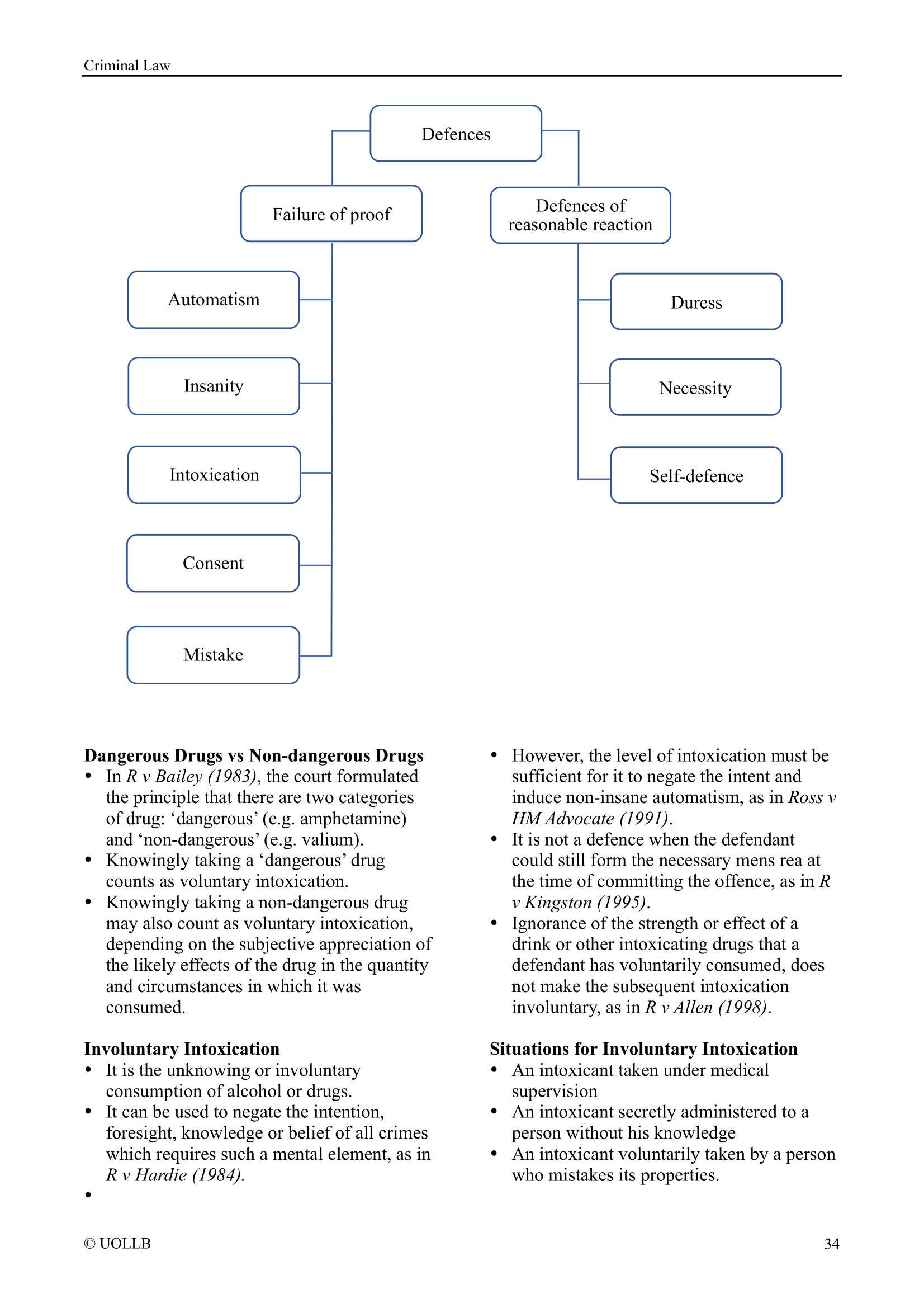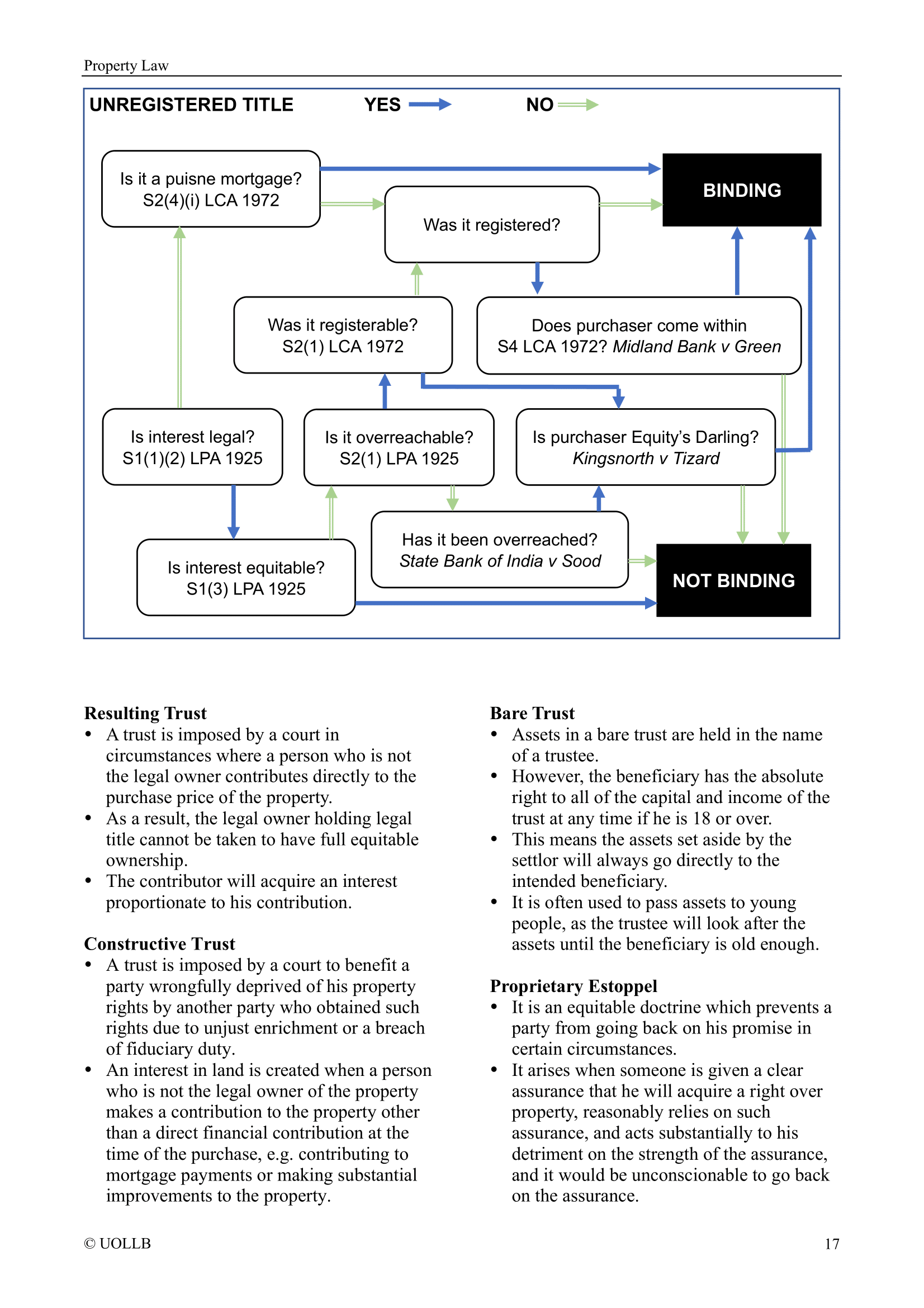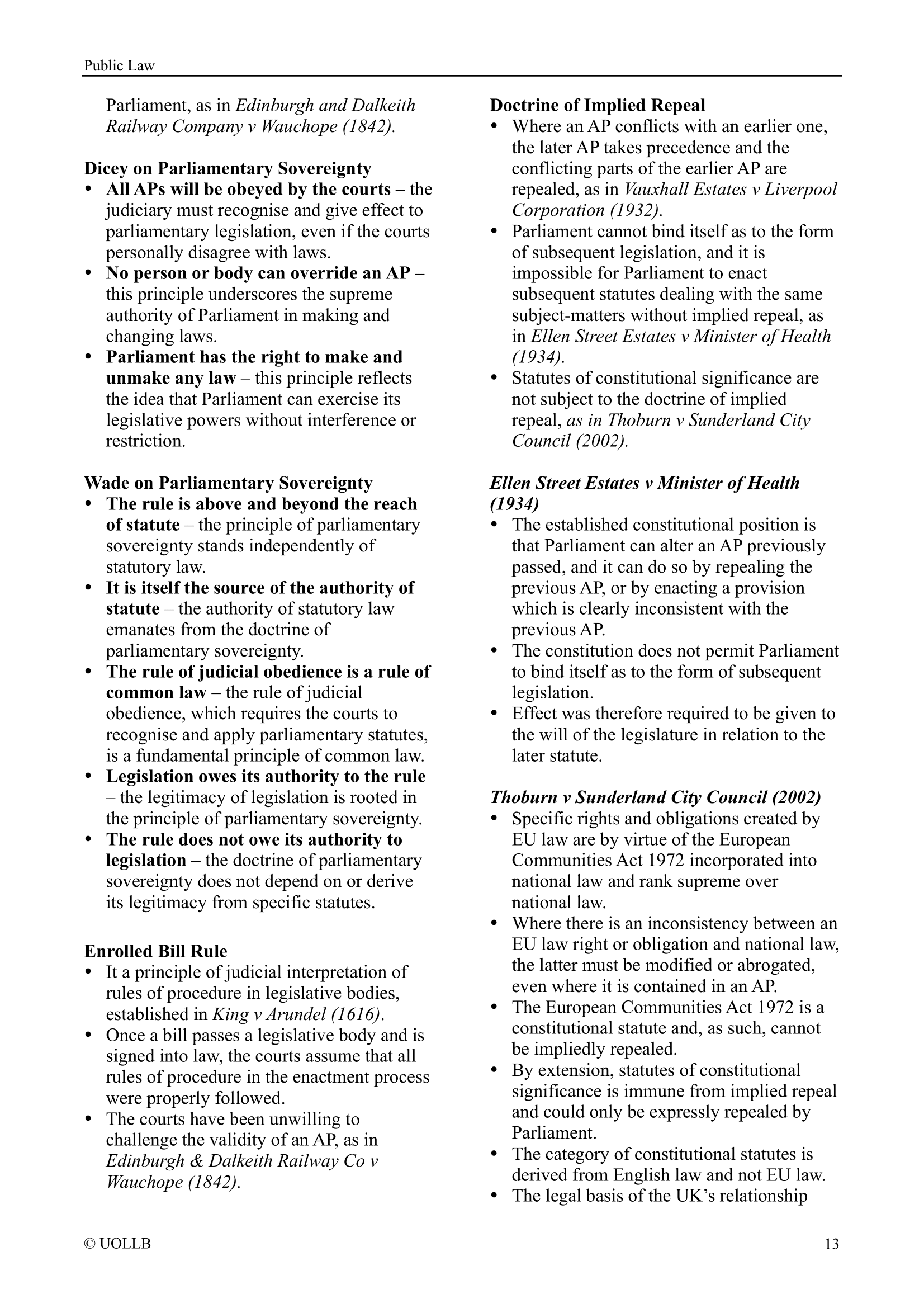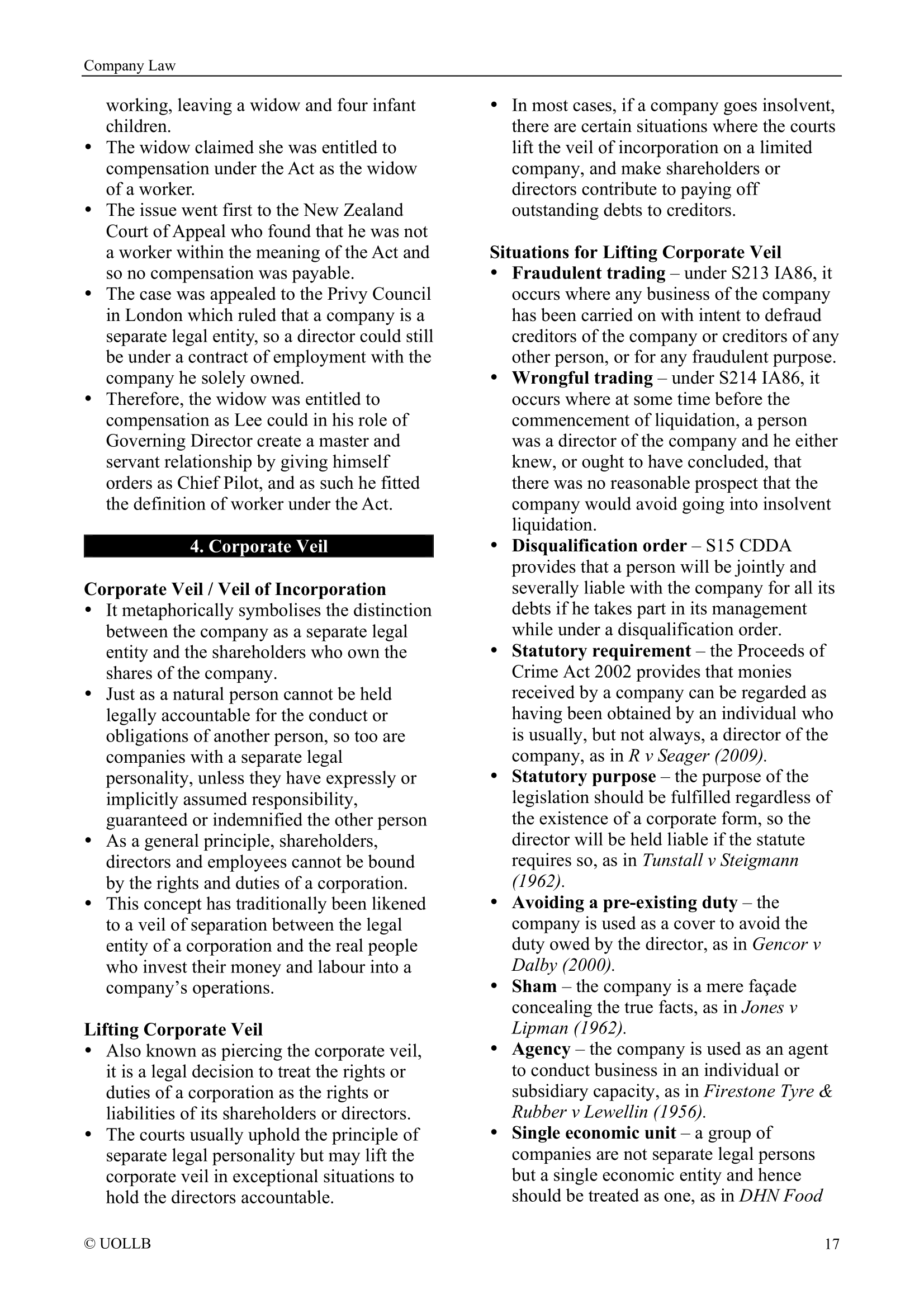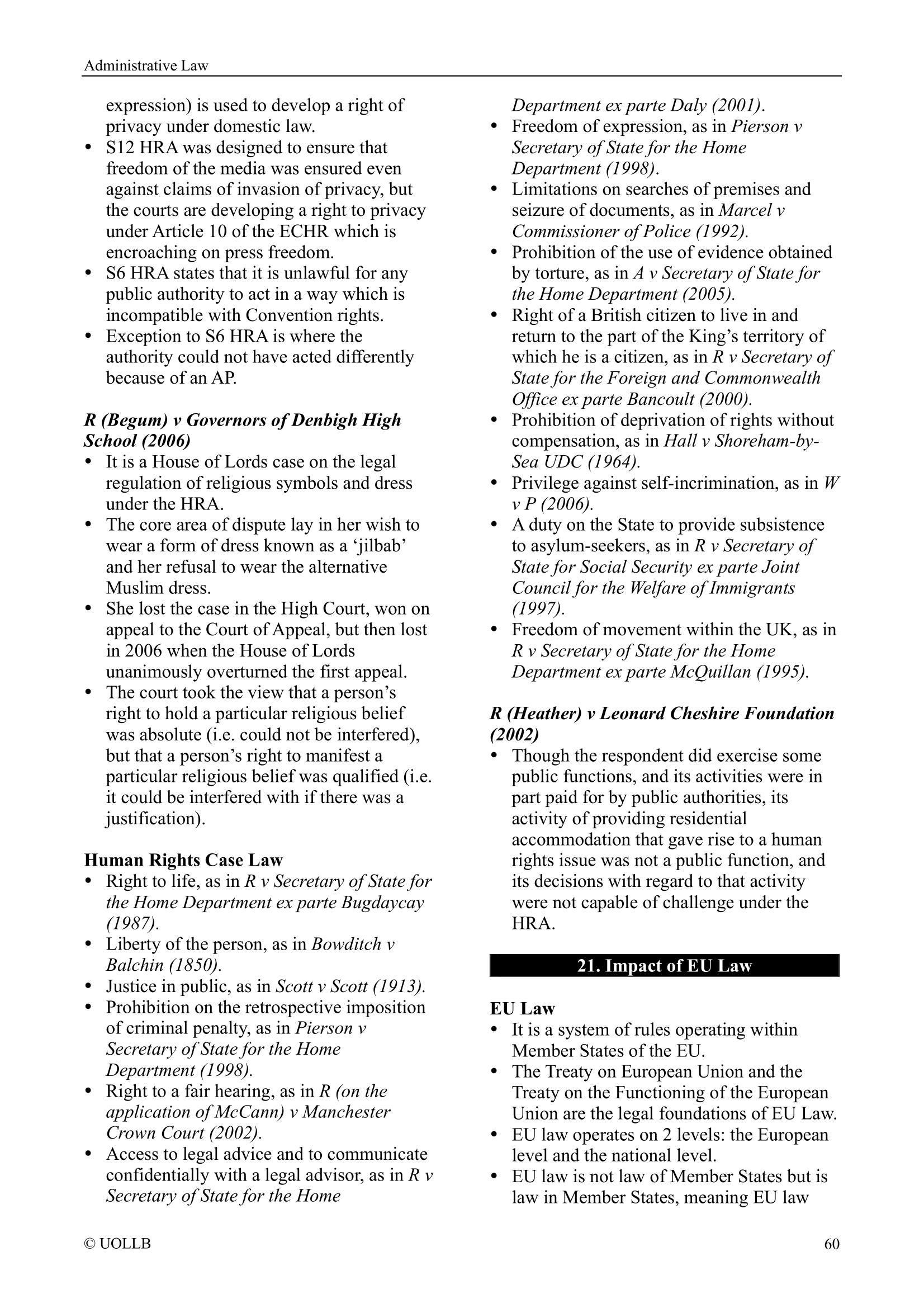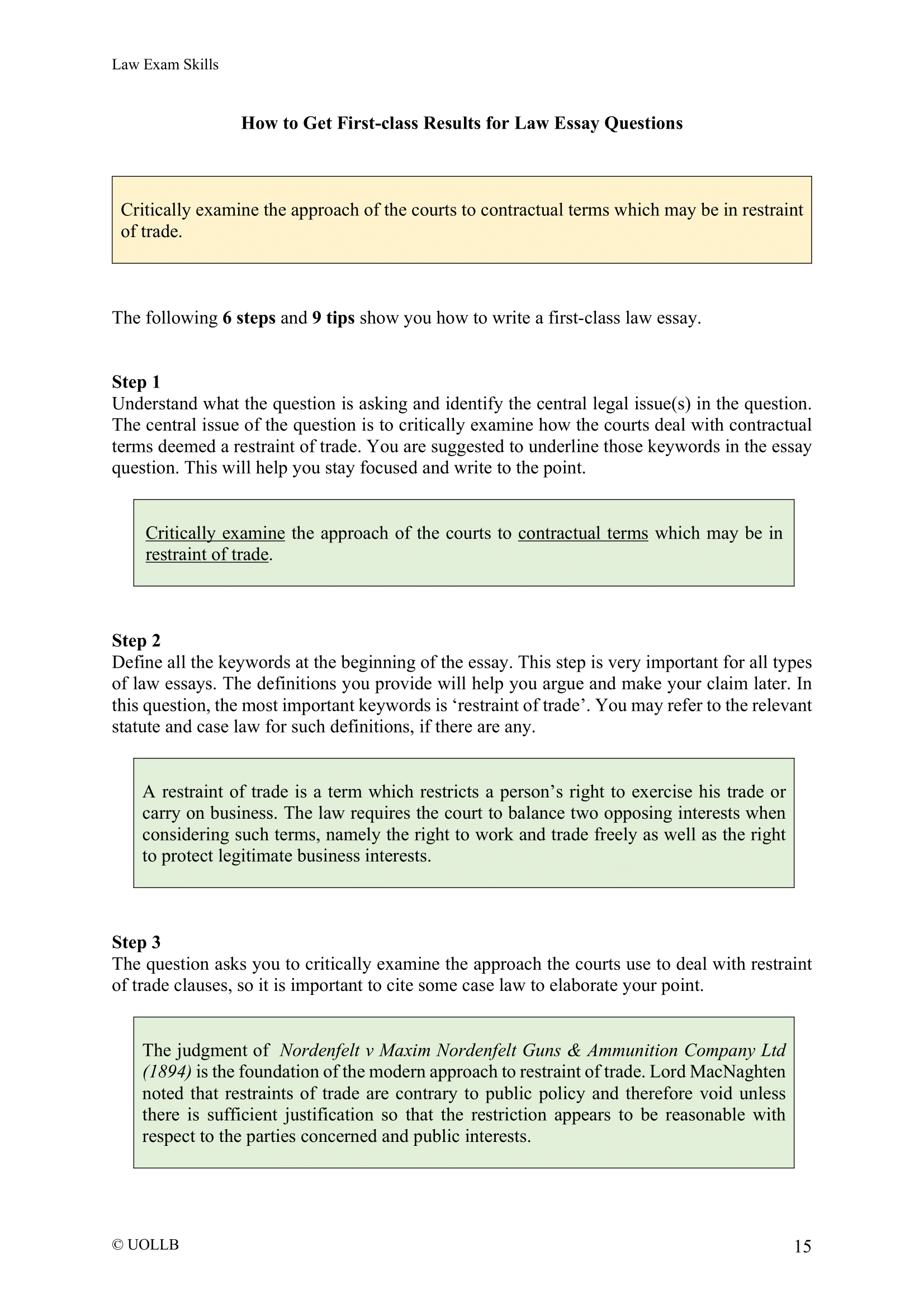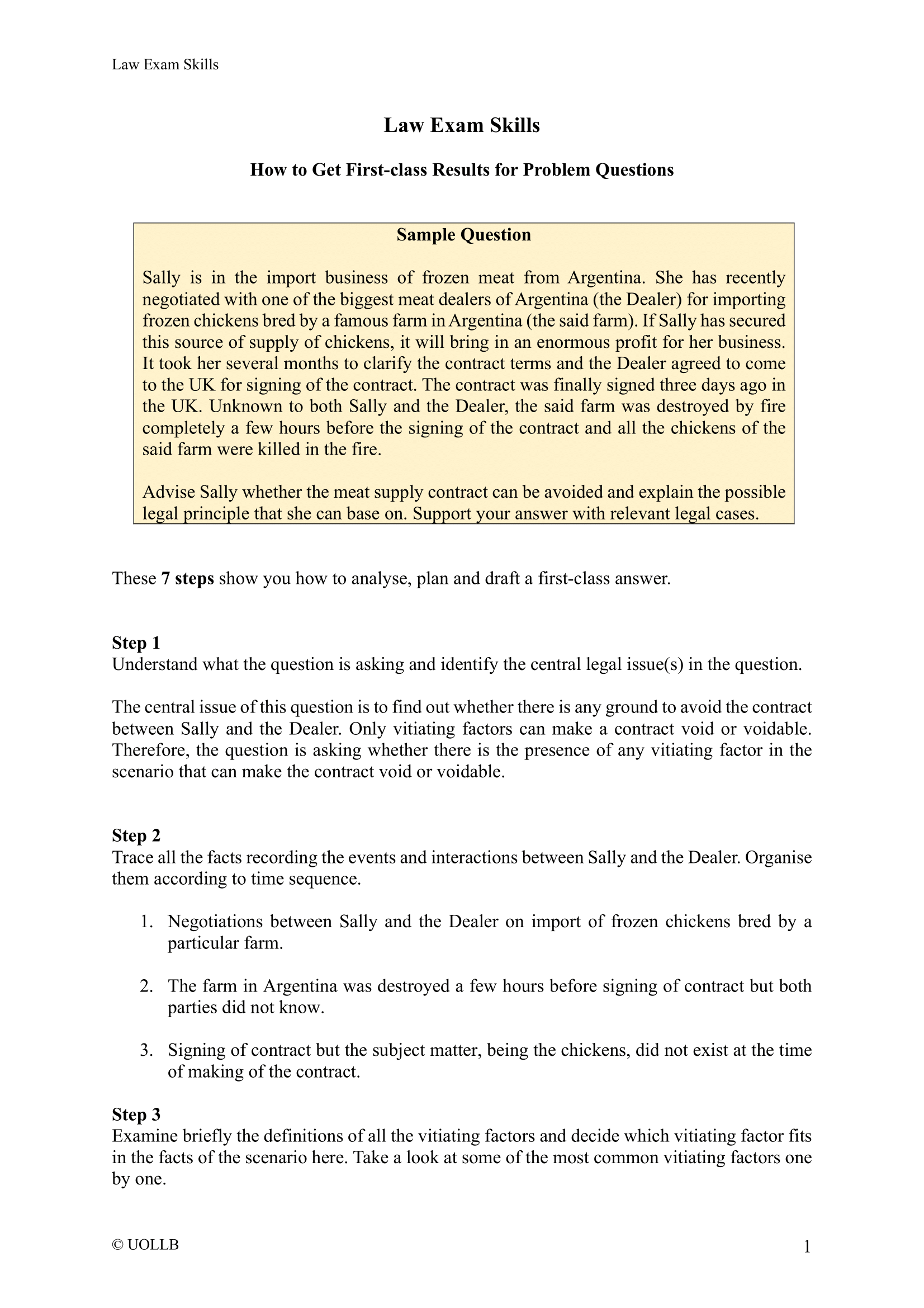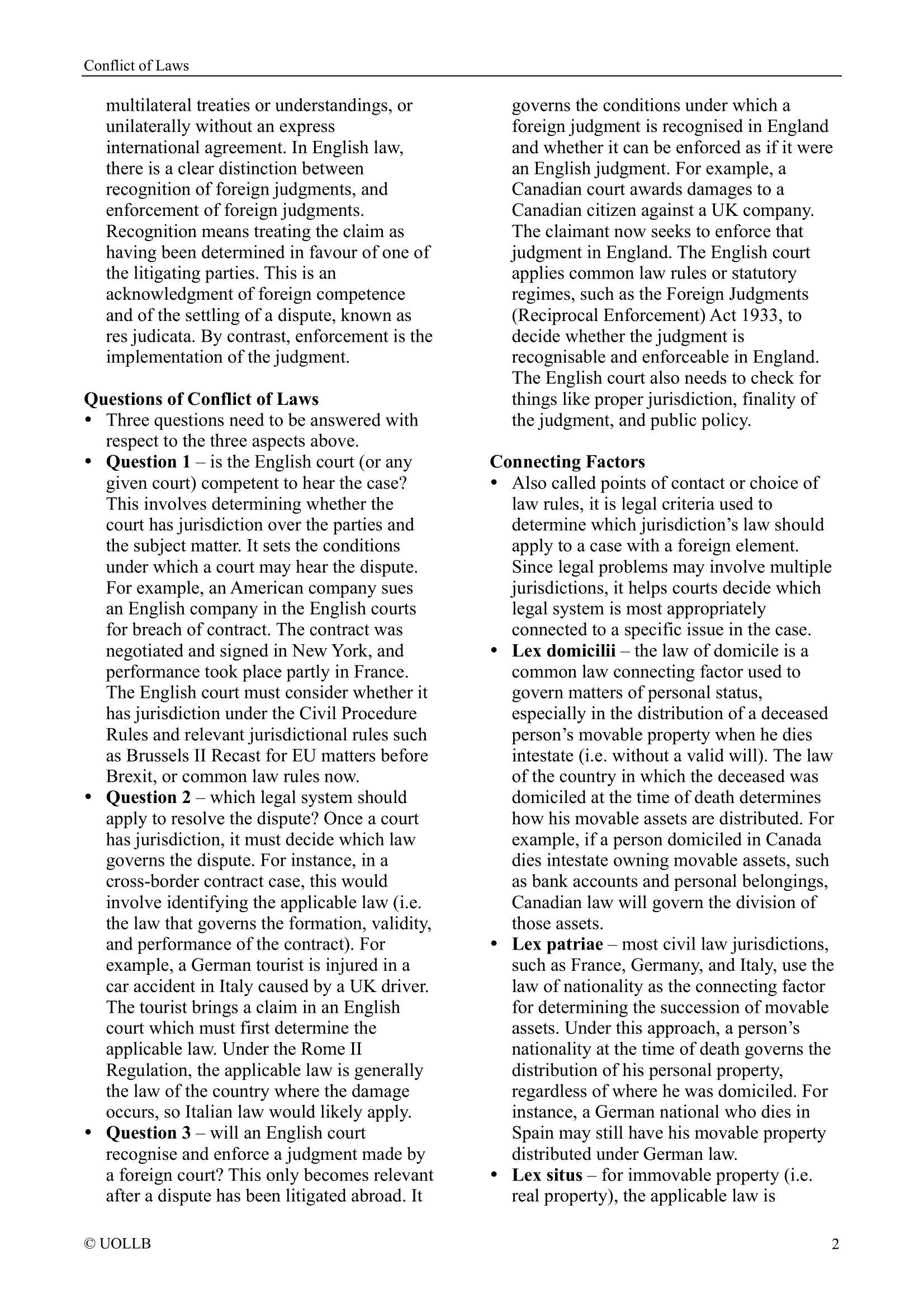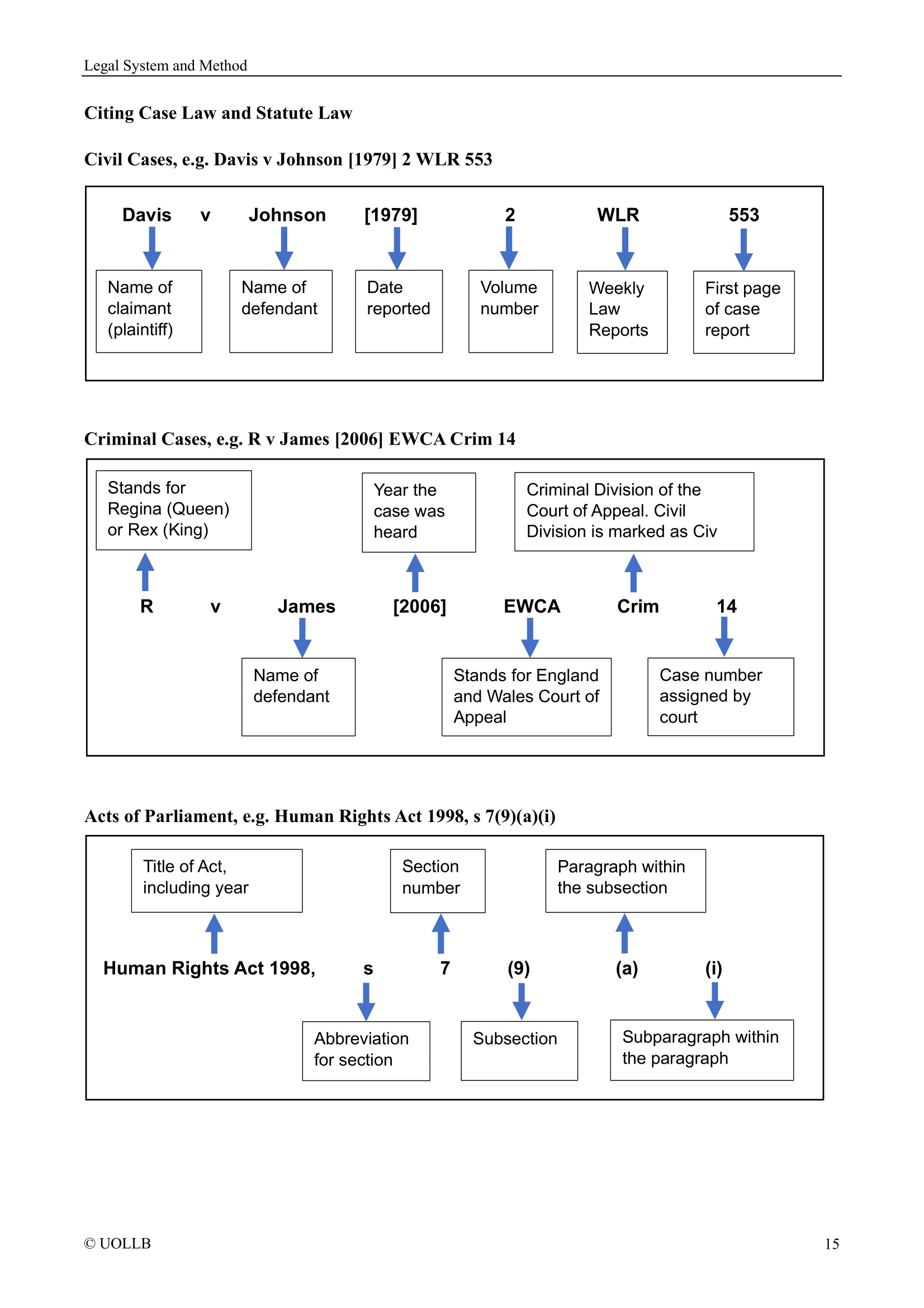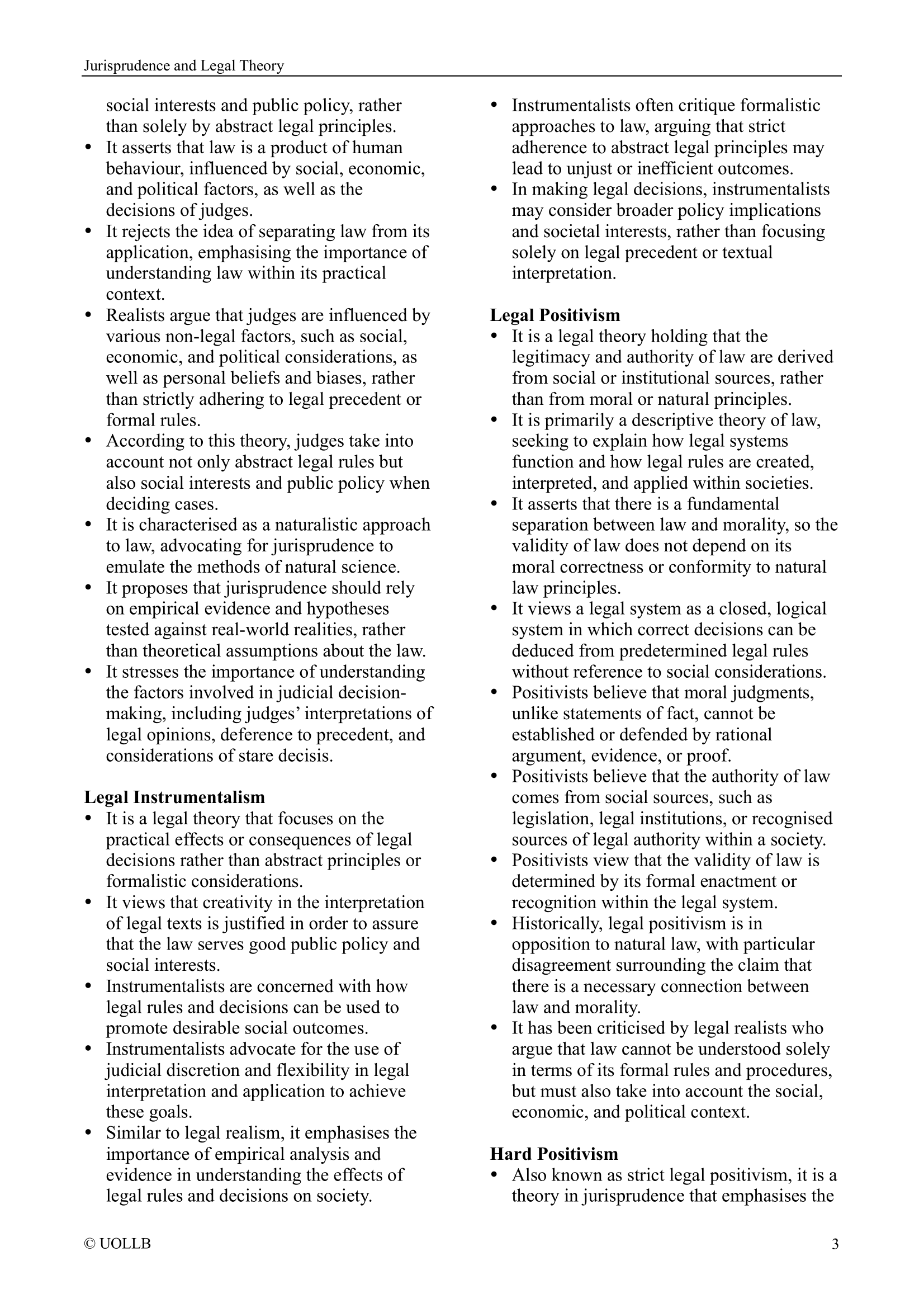Optional Protocol to Convention on the Elimination of All Forms of Discrimination Against Women (CEDAW)
Share
The Optional Protocol to the Convention on the Elimination of All Forms of Discrimination Against Women (CEDAW) is a supplementary treaty that provides an additional mechanism for advancing women's rights and seeking redress for violations. The Optional Protocol was adopted by the United Nations General Assembly in 1999 and entered into force in 2000.
Individual complaints: The Optional Protocol allows individuals or groups to submit complaints to the Committee on the Elimination of Discrimination against Women (CEDAW Committee) if they believe their rights under CEDAW have been violated. To access this mechanism, the complainant must have exhausted all available domestic remedies. The Committee can consider complaints related to states that have ratified both CEDAW and the Optional Protocol.
Inquiries: The Optional Protocol empowers the CEDAW Committee to initiate inquiries into grave or systematic violations of women's rights in states parties, even in the absence of a complaint. This allows the Committee to investigate and address systemic issues affecting women's rights within a particular country.
Fact-finding and recommendations: If the CEDAW Committee receives a complaint or initiates an inquiry, it conducts a thorough examination of the situation and seeks information from the relevant state party. The Committee may request additional information, conduct hearings, and make recommendations to the state party to remedy the violations and ensure the protection and promotion of women's rights.
Individual communications: The Optional Protocol allows individuals or groups to send communications to the CEDAW Committee for seeking general information or advice on the interpretation or application of CEDAW. While these communications do not result in legally binding decisions, they provide an avenue for dialogue and clarification on women's rights issues.
Follow-up mechanism: The Optional Protocol includes provisions for the CEDAW Committee to follow up on the implementation of its recommendations by state parties. The Committee may request information from the state party regarding measures taken to address the violations identified and the progress made in achieving gender equality.
The Optional Protocol has significantly strengthened the implementation and enforcement of CEDAW by providing individuals and groups with a means to hold states accountable for violations of women's rights. It complements the reporting and review process under CEDAW, enhancing the effectiveness of the Convention and enabling individuals to seek justice at the international level when their rights are violated. The Optional Protocol contributes to the progressive development of women's rights and the advancement of gender equality worldwide.
